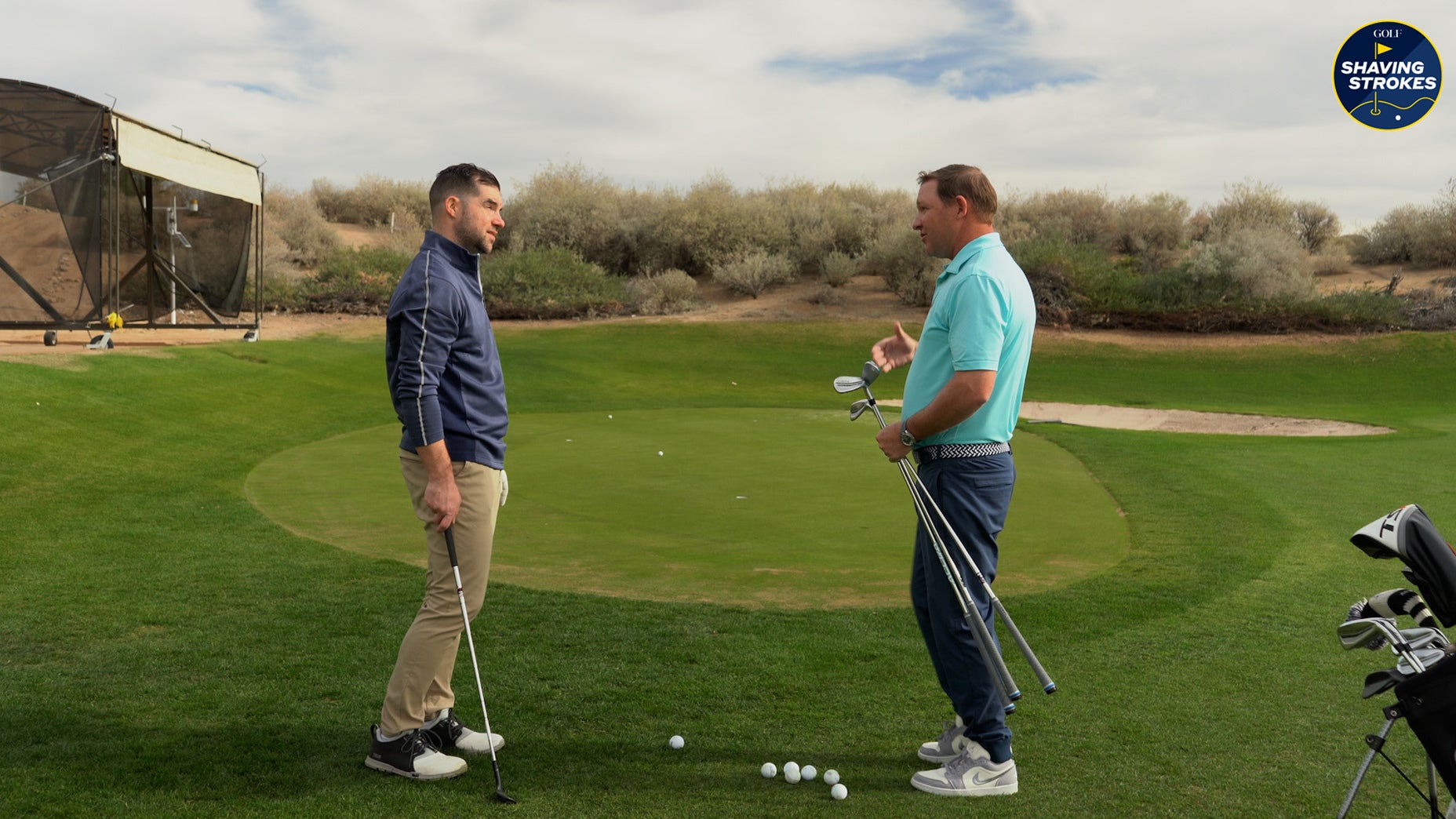‘I don’t want power, I want precision’. How to reimagine the bump and run
GOLF Top 100 Teacher Mike Dickson shares some tips on how to use different clubs to execute a bump and run around the greens
There are different ways to hit a bump and run, you just need to understand how to do so effectively.
GOLF.com

Welcome to Shaving Strokes, a GOLF.com series in which we’re sharing improvements, learnings and takeaways from amateur golfers just like you — including some of the speed bumps and challenges they faced along the way.
Like most amateur golfers, I typically default to using some sort of wedge when I’m around the greens — usually a 60-degree (lob wedge). But the problem with doing that is it puts more pressure on me to be nearly perfect in my execution.
Sure, there’s a time and place when attempting to hit a flop shot can be fun (despite how difficult it is for a mid-handicapper like myself), but most of the time, just hitting a simple bump and run is the way to get your ball close to the hole.
For instance, just the other day I was hitting balls with my father-in-law around the short-game area. We were both using our lob wedges and we both struggled to find any sort of consistency. That’s when I ditched the damn thing and decided to go to a bump and run instead — which led to me taking his money on our closest-to-the-pin challenges.
The best thing about the bump and run is that it’s nearly foolproof. Whether you’re an experienced pro or just a beginner, everyone can usually keep the ball low and watch it roll.
In a recent lesson with GOLF Top 100 Teacher Mike Dickson, he showed me a new way to hit a bump and run. While the trajectory and roll looks the same, Dickson had me reimagine my club selection — and the results were absolutely lethal.
Reimagine the bump and run by expanding your club selection
In the video above, Dickson explains how so many golfers work on their full swing to hit the ball better, but when they get near the pin, they often see scores balloon because of poor club selection.
“We get by the green and, all of a sudden, we start choosing the wrong tool,” he tells me. “So we want to get the ball on the ground, and this is very common, everyone grabs the club with the most loft in the bag because we’re close to the green.”
Dickson points out the difference in loft between the putter (which typically has 3-4 degrees of loft) and the lob wedge (which has 60 degrees of loft), and how players generally misuse the latter while around the putting surface.
“If you’re just off the fringe [of the green], you’ll probably putt it,” he adds. “If I take one step back, though, I’m going from 4 degrees to 60 degrees? That doesn’t make any sense.”





